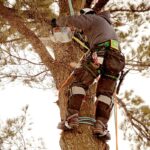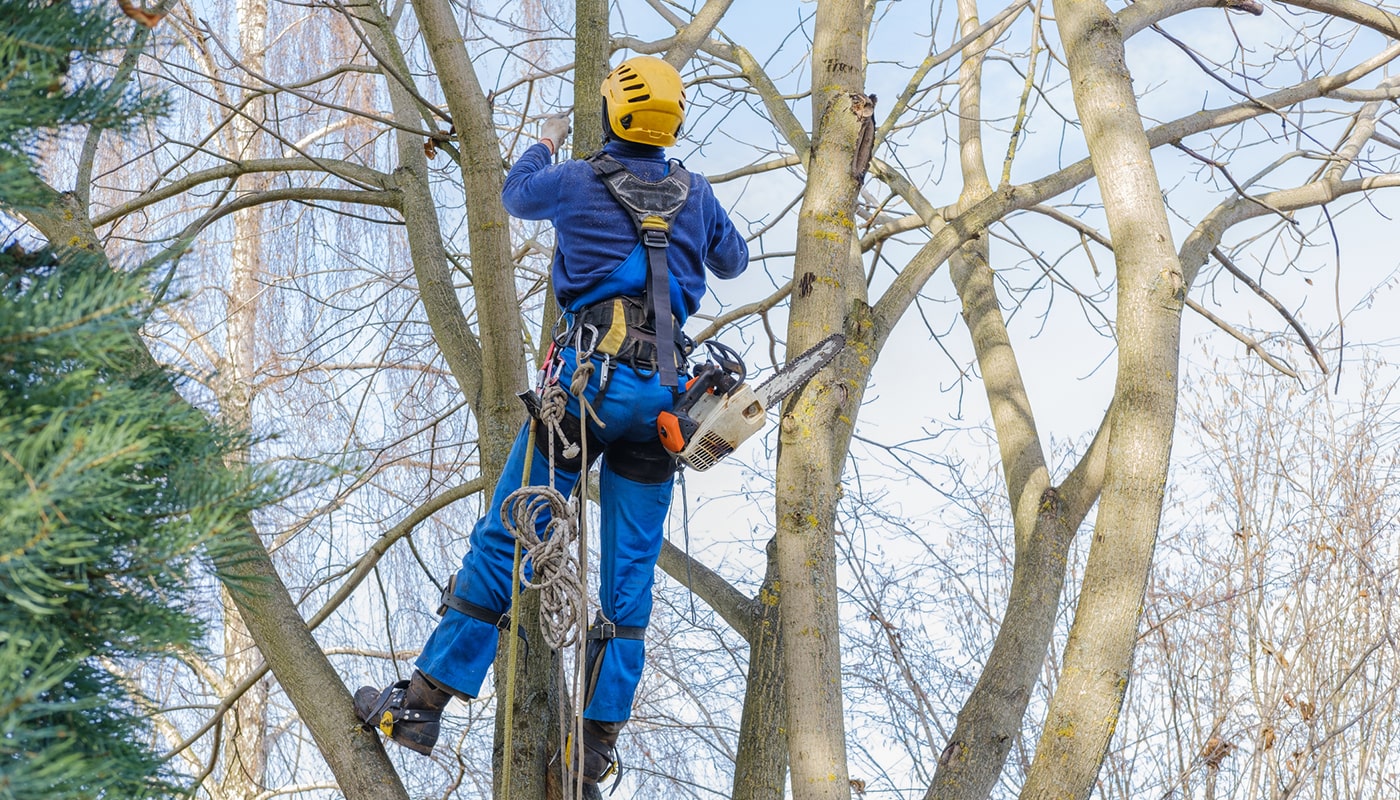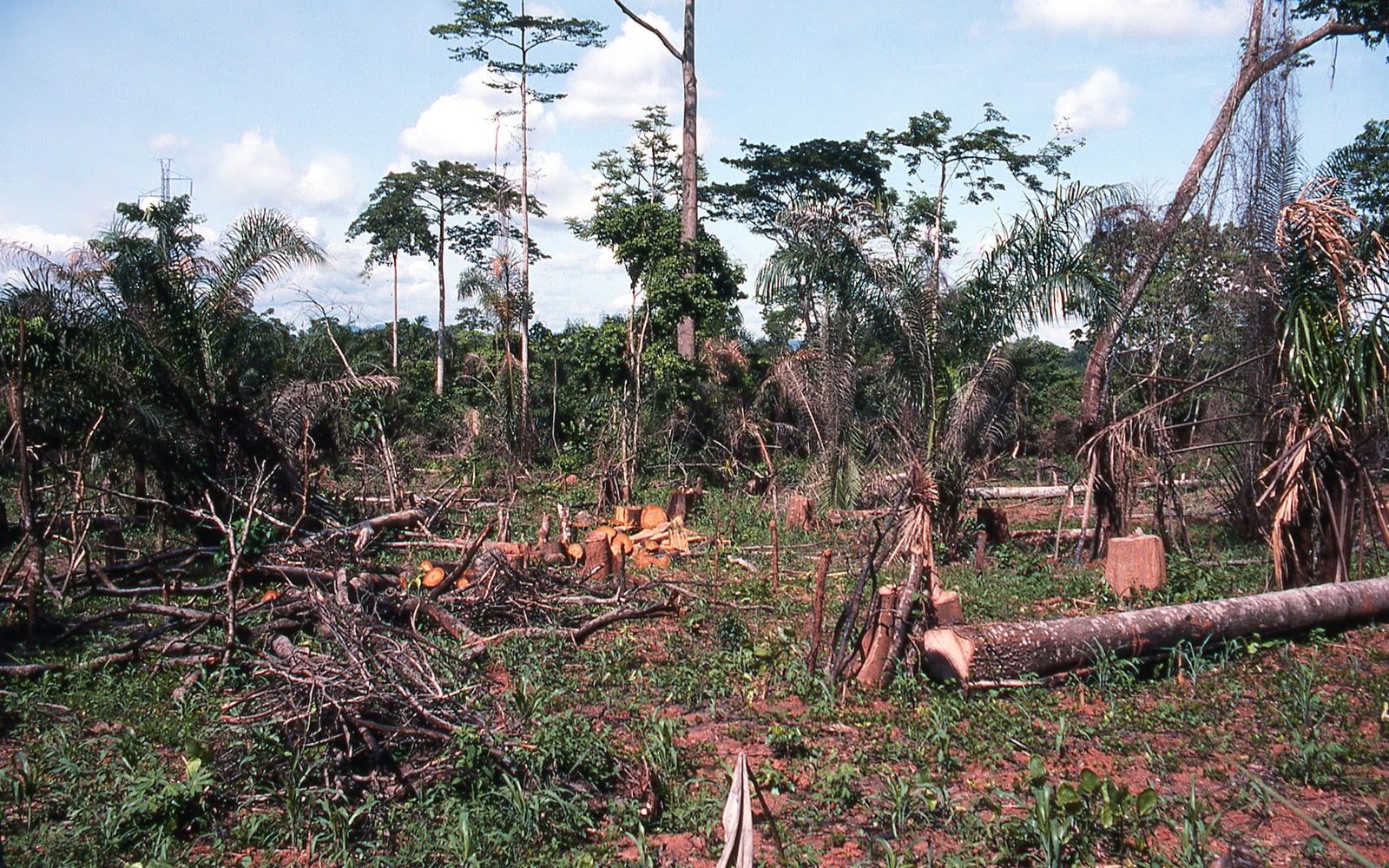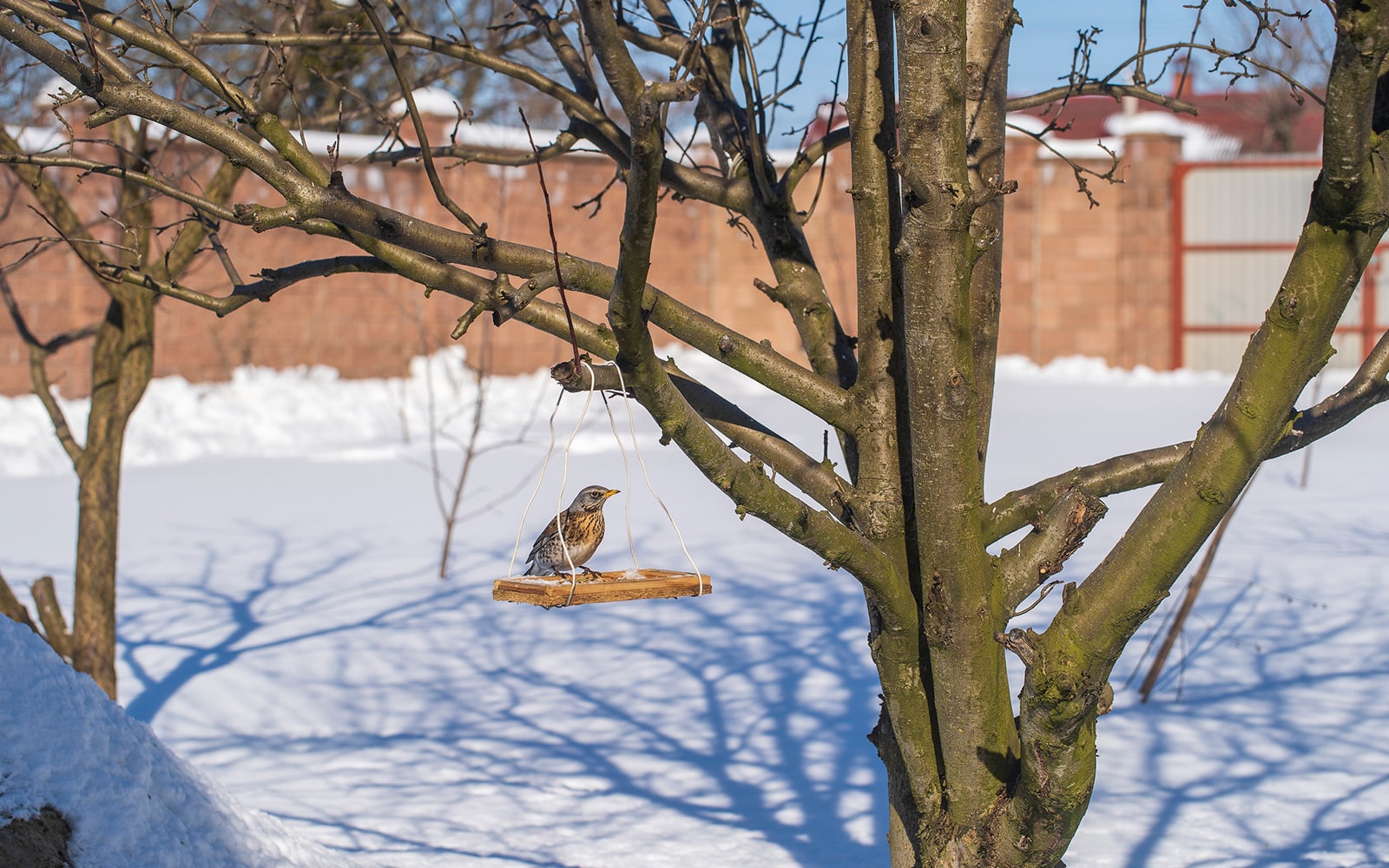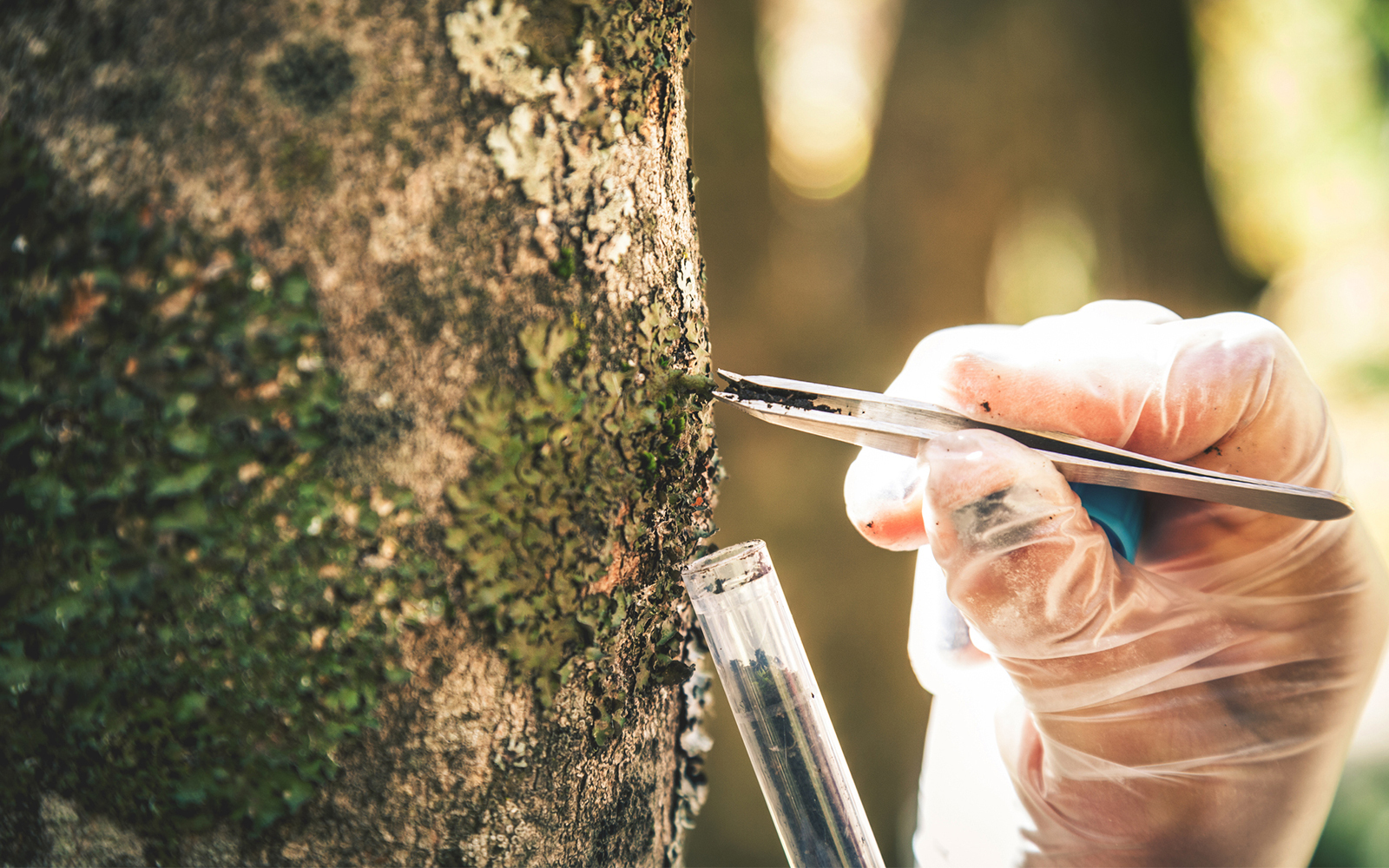Trees are a crucial part of our environment, and they add beauty and value to our homes and properties. However, just like any other living thing, trees can die too. If you’re unsure whether or not your tree is sick, we’ll go over ten signs of a dying tree in this article that you shouldn’t ignore. Most of them are pretty obvious, but there are a couple that might surprise you! So keep an eye out for these warning signs, and if you see them, call an arborist to take a look and assess your tree.
An experienced arborist has practical knowledge and experience to diagnose, treat, and even save a tree. They are well-versed in terms of how to plant a tree, the ways to take care of them, treat them for potential issues, and remove trees if necessary. They also have the licenses to apply chemical insecticide, which can help save a tree from infestations and prolong its life. With their assistance, you will be able to prevent unwanted damage to your property and protect the lives of everyone in the vicinity of a dying tree.
Is your tree sick? Get in touch with the experts at Tree Time Atlanta to learn about the condition of your tree and take care of its regular maintenance.
10 signs of a dying tree
1. Trunk oozing sap or leaving sawdust
When a trunk oozes sap or leaves sawdust in its wake, it is a telltale sign that your tree may have borer insects. The most common are the emerald ash borers (EAB) found in ash trees. These creatures enter your tree through specific holes and live in its cambium layer to survive during tough times. They can compromise the physical structure of your tree, starve it for food, and cause it to die. Remember that elms and other trees do ooze sap normally, so consult an arborist before considering your tree dead.
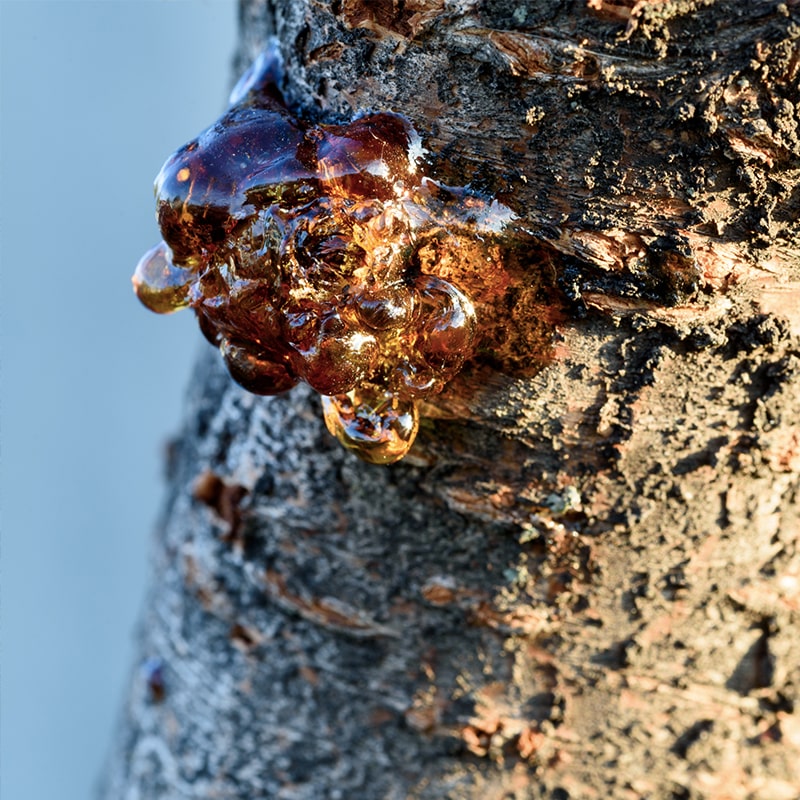
2. Exposed roots
The roots of a tree are known to run deep underground, so it’s very difficult to assess if it’s damaged or not. However, you can keep an eye out for exposed roots as one of the signs of a dying tree. It is an indication that certain severe elements and substandard soil constituents have affected the liveliness of the roots in a bad way.
3. Fungus or rot in trunk and roots
In case you find cankers, i.e., discolored and isolated spots on your tree trunk, it may have originated due to fungus. You might even see mushroom-like growths on your tree in this situation. Also, it is a sign that grave rot has set in near the roots of your tree. As time progresses, further decay will extend within your tree, leading to structural problems that might cause the tree to die.
4. Scabs in the leaves and fruits
Scabs in the leaves and fruits of a tree can occur due to a fungi infection, especially in an apple tree. You can check for olive green, brown, or yellow spots on the leaves and cracked skin on the fruit, as these are signs of scabs on your tree. It usually affects a tree’s developing leaves and fruits, weakens its structure, and causes the tree to die over time.
5. Bark peeling or wood cracking
If the bark on your tree is peeling or flaking off and its green layer is gone, it means there’s an underlying illness and can be one of the signs of a dying tree. The wood below may also show cracking spots, and it will heat or cool differently than the healthy wood, depending on its moisture content. It would lead the wood to be fragile enough for twigs to snap under pressure when bent back against their own weight!
6. Fragile branches or fallen sticks
A healthy tree has flexible branches that don’t break off easily, while a dying tree has fragile branches that can snap and fall off instantly. Furthermore, excessive fallen sticks on the ground may be a sign that your tree has a disease of some kind. That’s when an arborist should evaluate the tree, and its professional maintenance must happen as soon as possible.
7. Wilting or losing leaves
It’s normal for trees to have wilted leaves or lose their foliage in the winter, but if it’s happening during the other seasons, it’s one of the signs of a dying tree. You might sometimes see only a particular part of your tree losing leaves, or you may observe the entire tree as bare. Also, in a deciduous tree, you can look for branches lacking lush green leaves, while in an evergreen tree, you can check for brown or yellow needles. This often happens when these trees are stressed and not growing normally.
8. Pests and infestations
Pests and infestations are widespread in trees as they grow older in years. Many of them, like beetles, ants, termites, and moths, can take down a healthy tree. You can assess your tree’s fertility and structural integrity to ensure that it is fit and healthy. In case your tree is bare and not stable, that can be a sign of pests and infestation wreaking havoc, and the tree might be dying.
9. Cut wounds
If cut wounds are left open for a while, it may cause illness in the tree or, worse, lead to its death. Generally, these cuts happen due to lightning strikes or high winds, but they can also result from careless trimming. This is different from carefully crafted tree pruning cuts. Deadly cut wounds are large enough for tree branches to tear off the trunk and fall to the ground. You can easily check for these cut wounds by looking at the condition of your tree routinely.
10. Leaning
When a tree is not standing upright like usual and leaning towards one direction, it’s one of the major signs of a dying tree. Generally, the lean happens in a gradual manner, but at times it might be very sudden. The reason for a leaning tree can be the unseen damage to the root system or a storm causing harm to its overall structure. In this situation, it’s best for you to opt for tree removal at the earliest possible time before it becomes a big problem for you and your property.
What should you do if there are signs of a dying tree in your yard?
If you observe any signs of a dying tree at your home, don’t wait for it to split in half, fall over, and cause damage to you, your property, or your neighbor’s property, physically or financially. Don’t panic; just get in touch with your tree maintenance company for all the help you need to either treat or remove the dying tree from your yard. The last thing you need is an old tree in your living room. Then you’re not only getting the tree removed, but you’re getting a roofing permit, a new roof, and probably a lot more construction done as well. At Tree Time Atlanta, you can get the services of locally-based experts who will evaluate your tree and suggest all the possible solutions to help you through this predicament. Contact us today for expert advice and a quote for your tree service.


